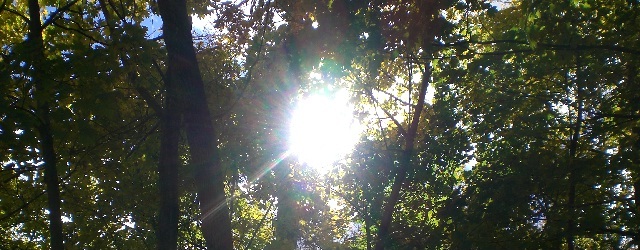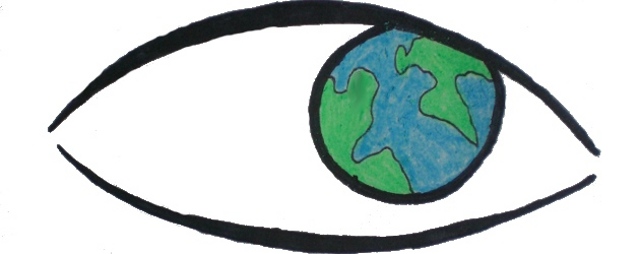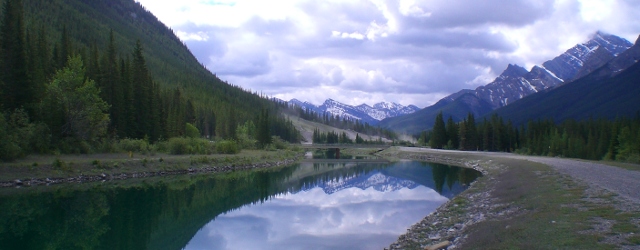In order to understand nuclear fusion at a deep level, you must have a strong grasp of a number of areas of physics. I have collected here some resources for learning these skills. The general areas are electromagnetism, nuclear physics, thermodynamics, and plasma physics.
Tag: Energy

How can we create power from nuclear fusion?
Achieving sustained nuclear fusion for power production is incredibly challenging. Scientists have been working on this problem for decades. This piece is an overview of the basic concepts and technologies needed for nuclear fusion power. One could also view this as a tutorial, or a crash-course, in fusion power.
Land use of coal vs wind: Still room for debate
Land usage for power systems is a common comparison metric. We demonstrate here that the comparison cannot be conducted meaningfully on such simplistic grounds. Additional factors must be taken into consideration.

How can you deliberately change your society?
How do people try to chance society? Why do these methods work? How can they be resisted? Progressive and regressive change can depend on many of the same basic techniques.
The regulatory battle over coal fly ash heats up
The coal industry has had a history of lobbying against a hazardous waste label for fly ash. Fly ash is toxic enough that the EPA mandated decades ago that it be captured and stored rather than emitted into the atmosphere.
Jeffrey Sachs on the high price of ignoring poverty
We can end poverty in two decades. HIV/AIDS has reached a steady state in the world. Military spending is 25 times aid spending. We can achieve peace through shared prosperity.
Misconceptions spreading about the price of solar power
A recent Clean Technica article said that solar power would be cheaper than coal if it received the same subsidies. This is incorrect.
Types of hydroelectric power: How do the dam things work?
Hydroelectricity, or ‘hydro’, is generated from the energy in the water cycle of the earth. The sun evaporates water on the surface of the earth, causing it to rise up to form clouds. Clouds eventually form droplets, which then rain, snow, or hail down to the surface. Water on the surface flows downhill until it evaporates again. During this time it may become trapped in glaciers, lakes, ponds, puddles, or the ocean. Driven by the sun, the water cycle is a truly renewable resource.
Jim Elliott shares his thoughts on sustainability, community, and living green
Jim Elliott is a notable figure in the sustainability movement in Regina and Saskatchewan. He is involved with many environmental action groups, poverty-reduction groups, and the Citizen’s Public Transit Coalition for Regina.

Why electrical energy storage is useful
This week we are taking a look at electric energy storage. There are a number of important reasons why energy storage systems are desirable for power grids.

Coal power: Pollution, politics, and profits
Burning coal releases heat energy, but it also releases many other products. Combustion products such as carbon dioxide, water vapour, nitrous oxides, sulphur oxides, particulate matter, and fly ash are also produced in varying amounts.
Is nuclear fission power renewable?
The long term supply for nuclear fission fuels on the planet earth is estimated to last several thousand years at current consumption levels, assuming that we adopt reprocessing as well as develop and implement breeder reactors.

Progress and potential of renewable energy
The intent of this publication is an ongoing investigation of the progress and potential of renewable energy in our world. Our goal is to collect the best writing and news on the subject of renewable energy projects and policies. We have observed that humanity is innovating rapidly as the energy security of the future becomes a global priority. Current trends indicate that the age of coal will end before we run out of coal.

Solar power from photovoltaic panels
Photovoltaic solar power is the technical term for solar panels that convert sunlight directly into electricity. This is in contrast to techniques that capture solar energy in other ways, or for different uses. Other techniques include hot water heating, interior temperature control, and concentrated heat for electricity production.

Renewable Energy Review Blog Carnival
Vision of Earth is the host of the newly created renewable energy review. This is a blog carnival attempting to look at the development of renewable energy in the world today. Submitted articles will be judged on their quality, accuracy, and relevance. Once enough high-quality submissions are accumulated for a publication, our editors will write a brief review piece, linking to these novel contributions. We intend to comment meaningfully on the developments in renewable energy in our world.
Reservoir hydro resources on the Canadian prairies
We have been captivated for a long time by the intriguing possibilities inherent in combining Manitoba’s extensive hydro resources with Saskatchewan’s high-quality wind power. A number of other groups in Saskatchewan have been lobbying for greater interconnection between the two power grids to take advantage of the natural synergy that exists between wind power and reservoir-based hydro power.

Publicly Administered Green Energy Futures
Our goal is to keep our physical power infrastructure publicly owned, but gain some of the advantages of the private sector. The key to our recommendation is voluntary public investment from the people of Saskatchewan. In order to stimulate new renewable energy construction, we recommend that SaskPower open up renewable energy projects for direct public investment.

Solar Thermal Power
Solar thermal power generation presents a unique opportunity among renewable technologies today. It is well-understood. Prototypes and commercial power plants of this sort exist. It has capabilities for both baseload and peak-matching power generation. It is affordable in locations with lots of sunlight. Costs are in the range 10-15¢/kWh currently, with great potential for the future.
Feed-In Tariff: Government Encouraging The Market
The feed-in tariff is a well known policy mechanism in the area of electricity generation. It has been applied in many countries with the intent of encouraging the development of renewable power generation. Such a policy typically involves guaranteeing to desired types of generation both subsidized long term prices for electricity and guaranteed grid access. This policy has been well utilized notably in Germany and Spain, where residents have seen very stable electricity prices coupled with tremendous growth of the renewable energy sector of their economies.

Leverage hydro to use wind
When wind isn’t blowing hard, use a dispatchable source such as hydro to produce power. Let’s assume that we have 150 MW of hydro on hand to cover the Centennial Wind Farm when the wind isn’t blowing. If we look at entire year of production, we can expect that about 42.4% of all energy will have come from the wind, and that the remaining 57.6% of the energy would have come from the hydro. What is necessary for a system like this to work is to have enough water behind the hydro dam that it can cover a fairly long spell of low winds. This could be as long as several days. If our hydro reservoir is big enough to cover that time, we should be able to cover the intermittent nature of the wind for the whole year. If it isn’t big enough, we will have to get our power from elsewhere. Perhaps importing it from neighboring grids or by using another source such as natural gas.